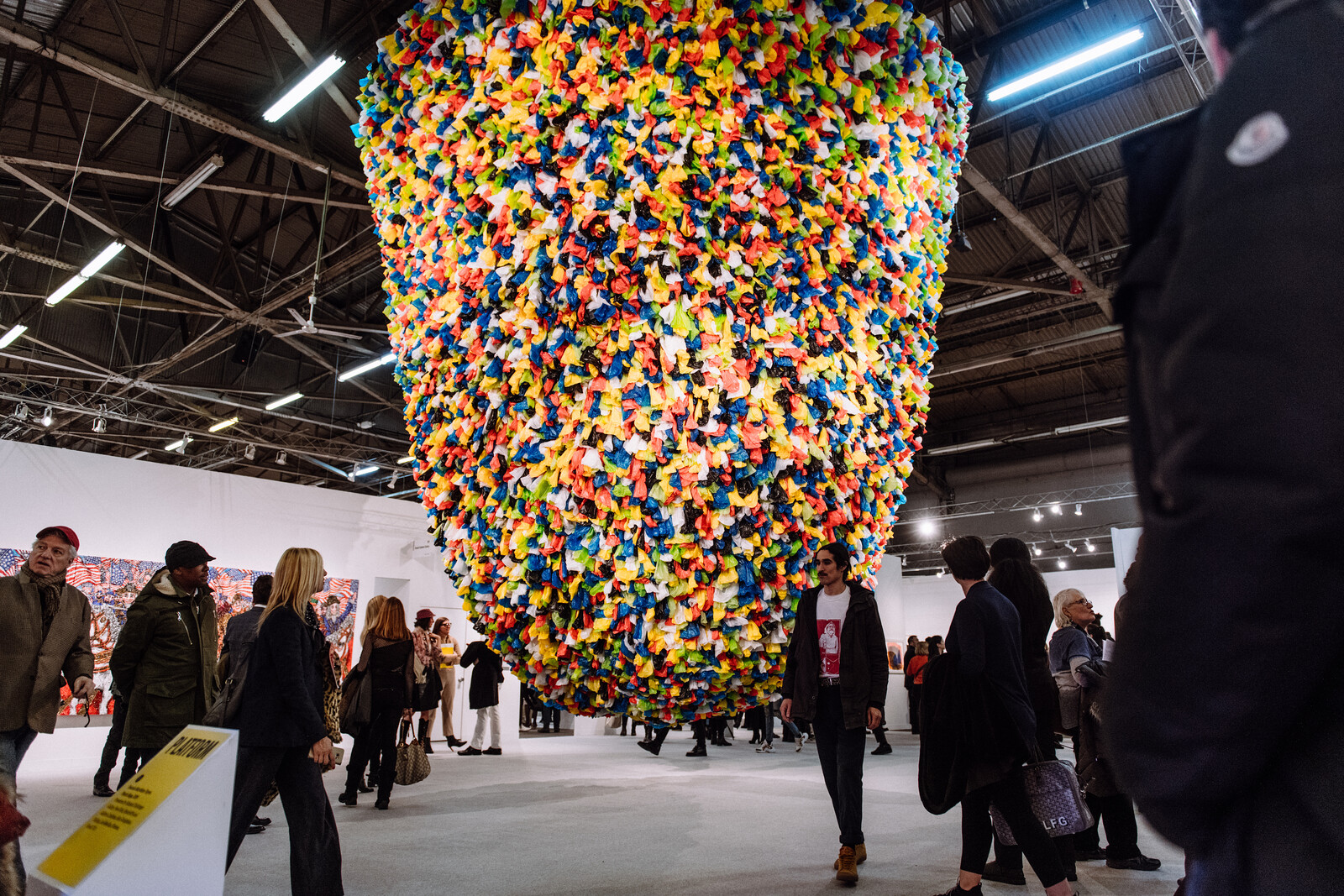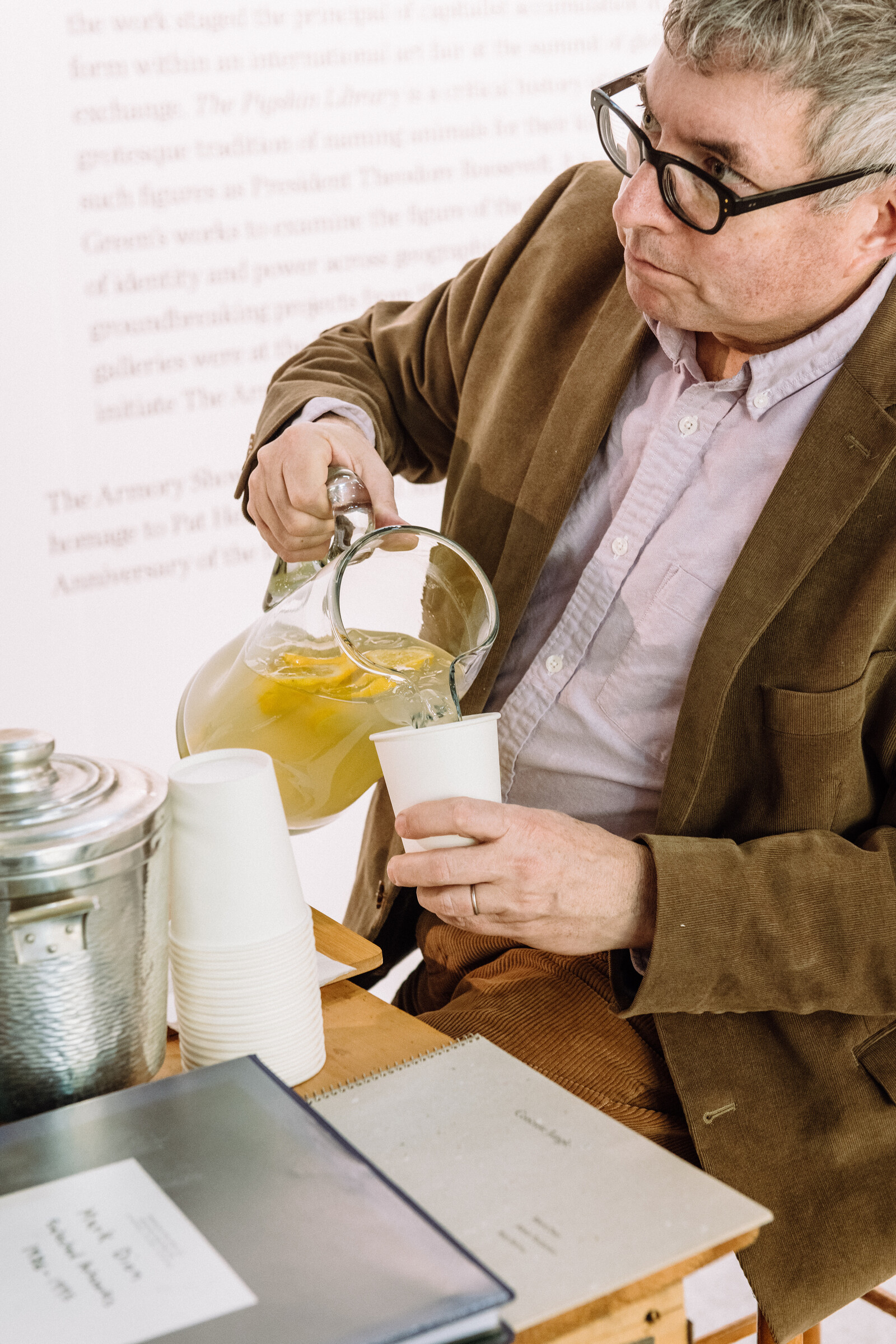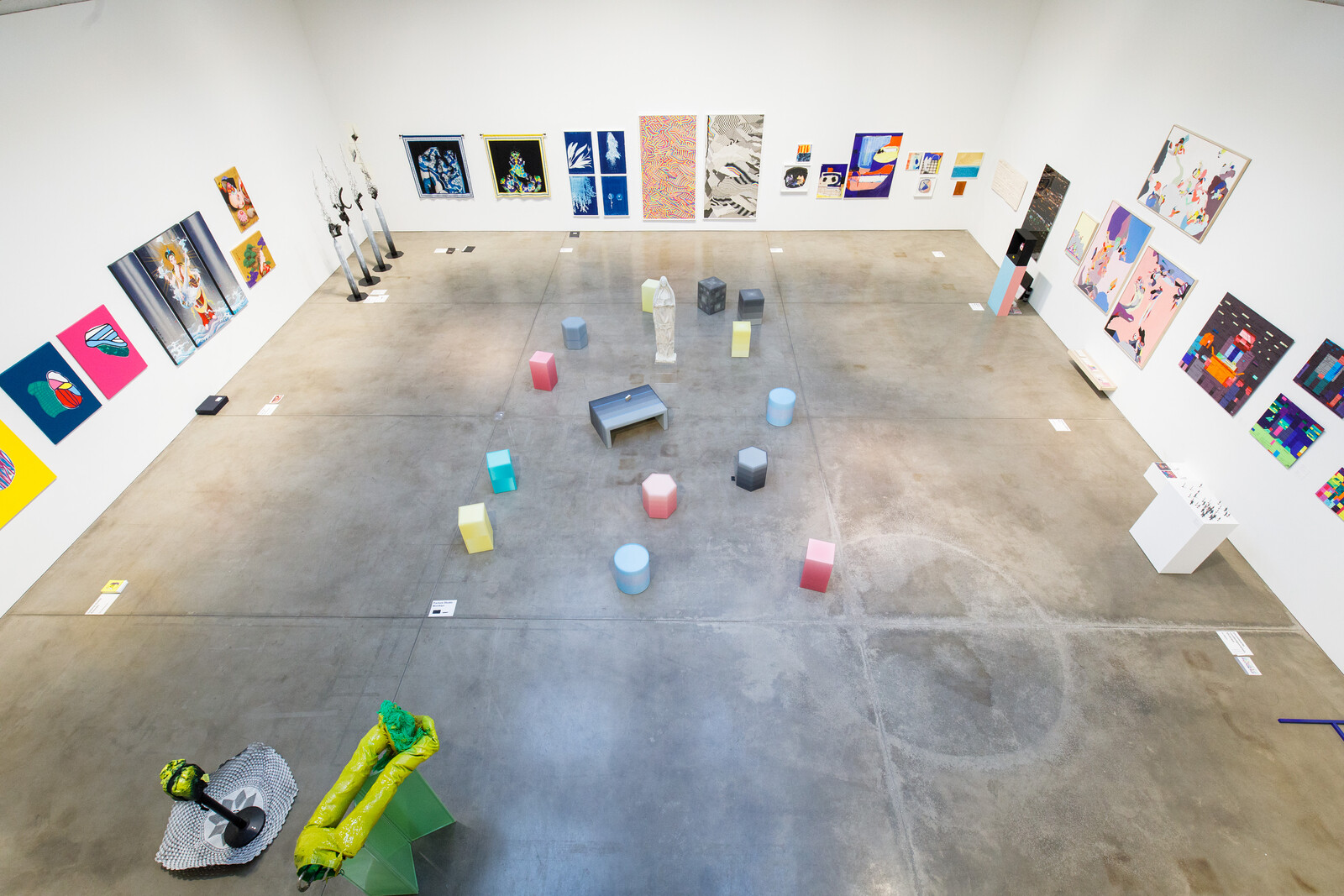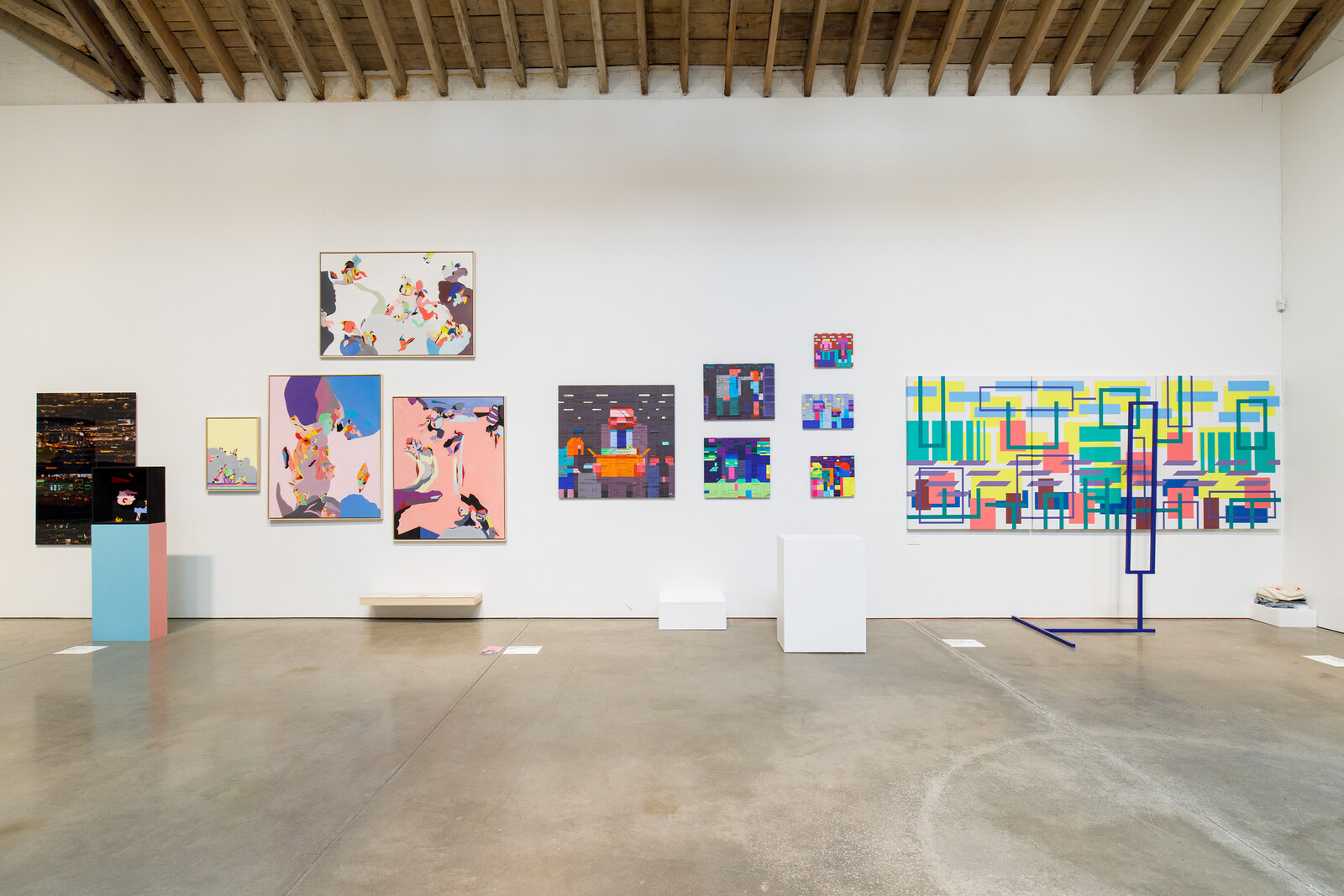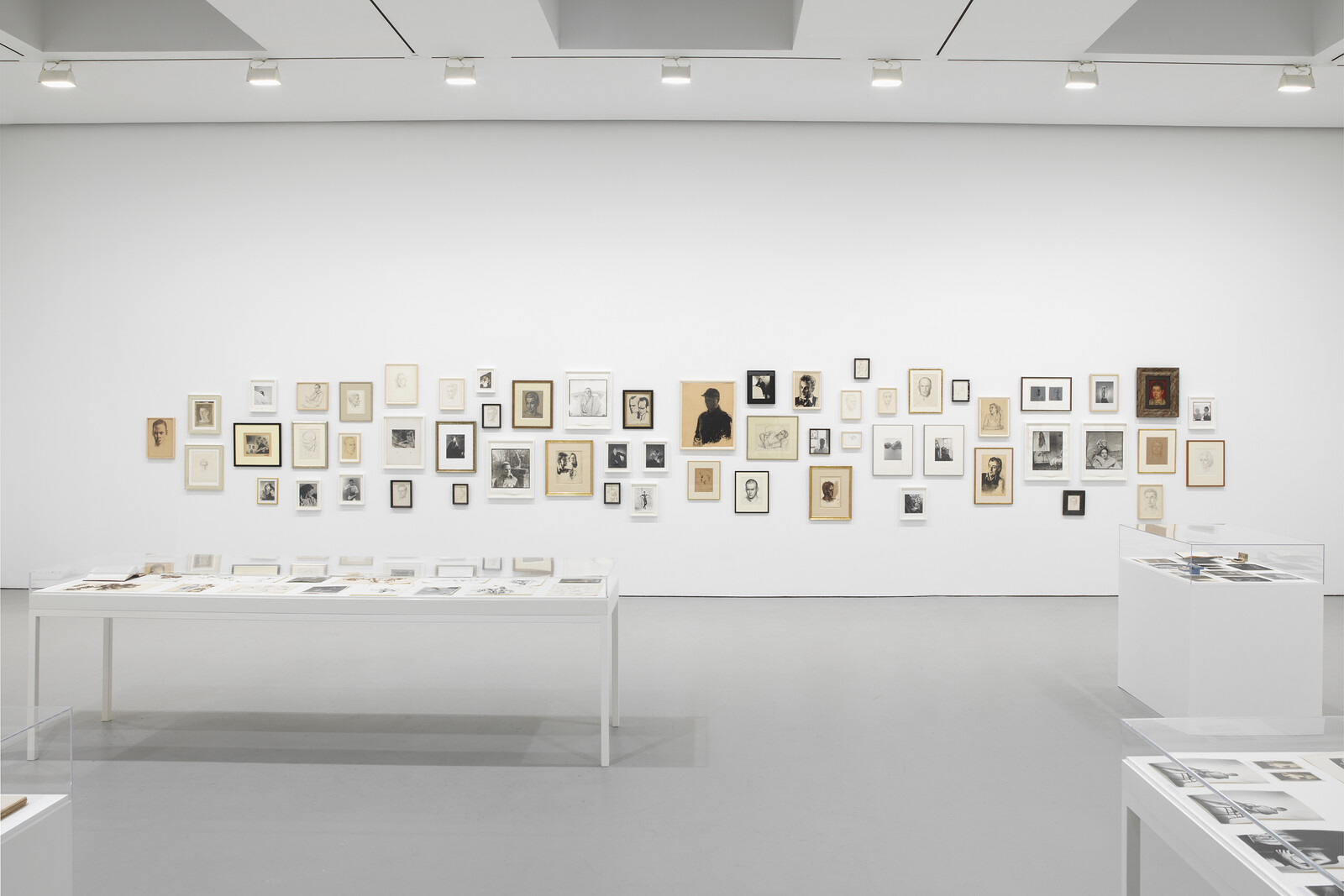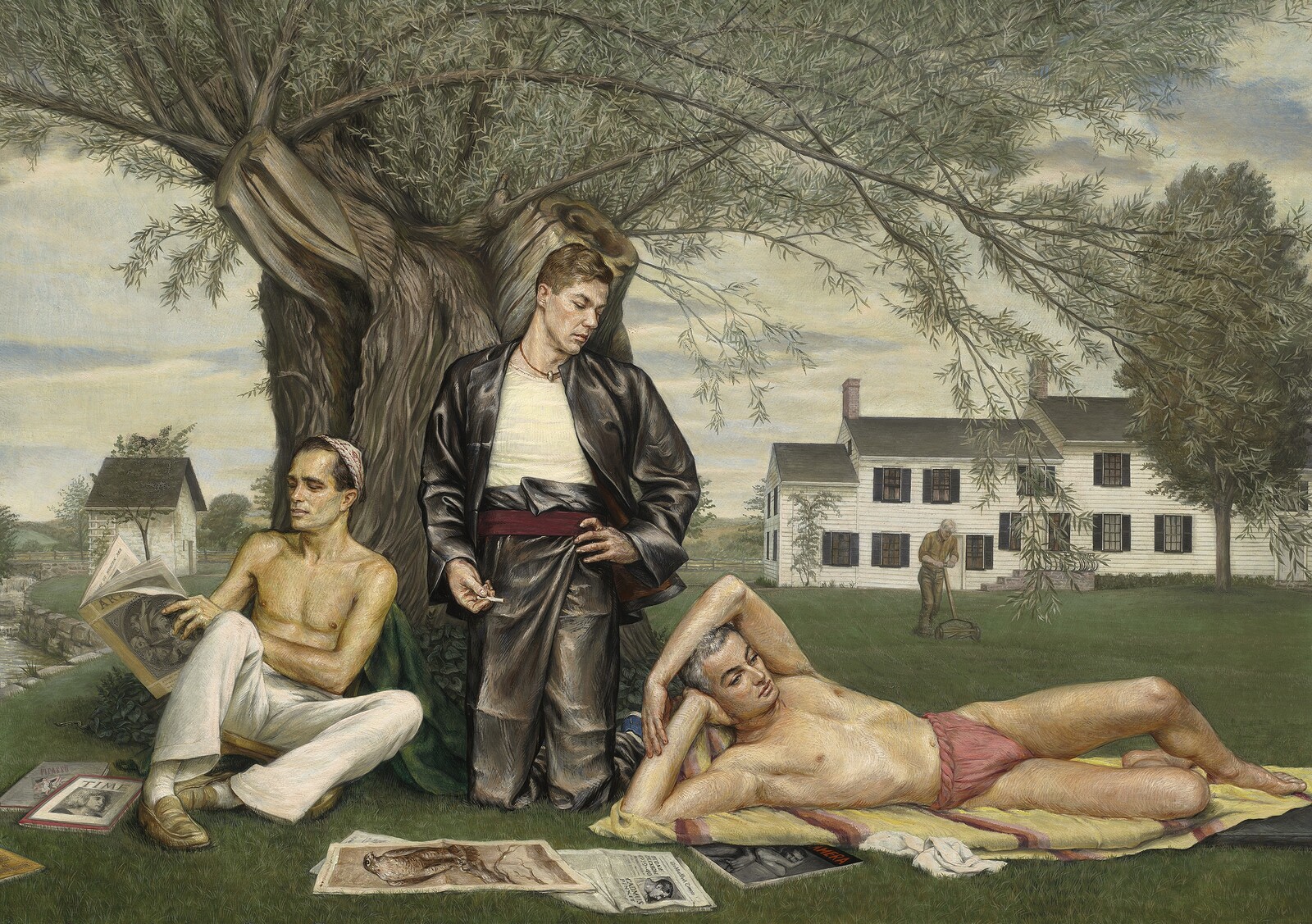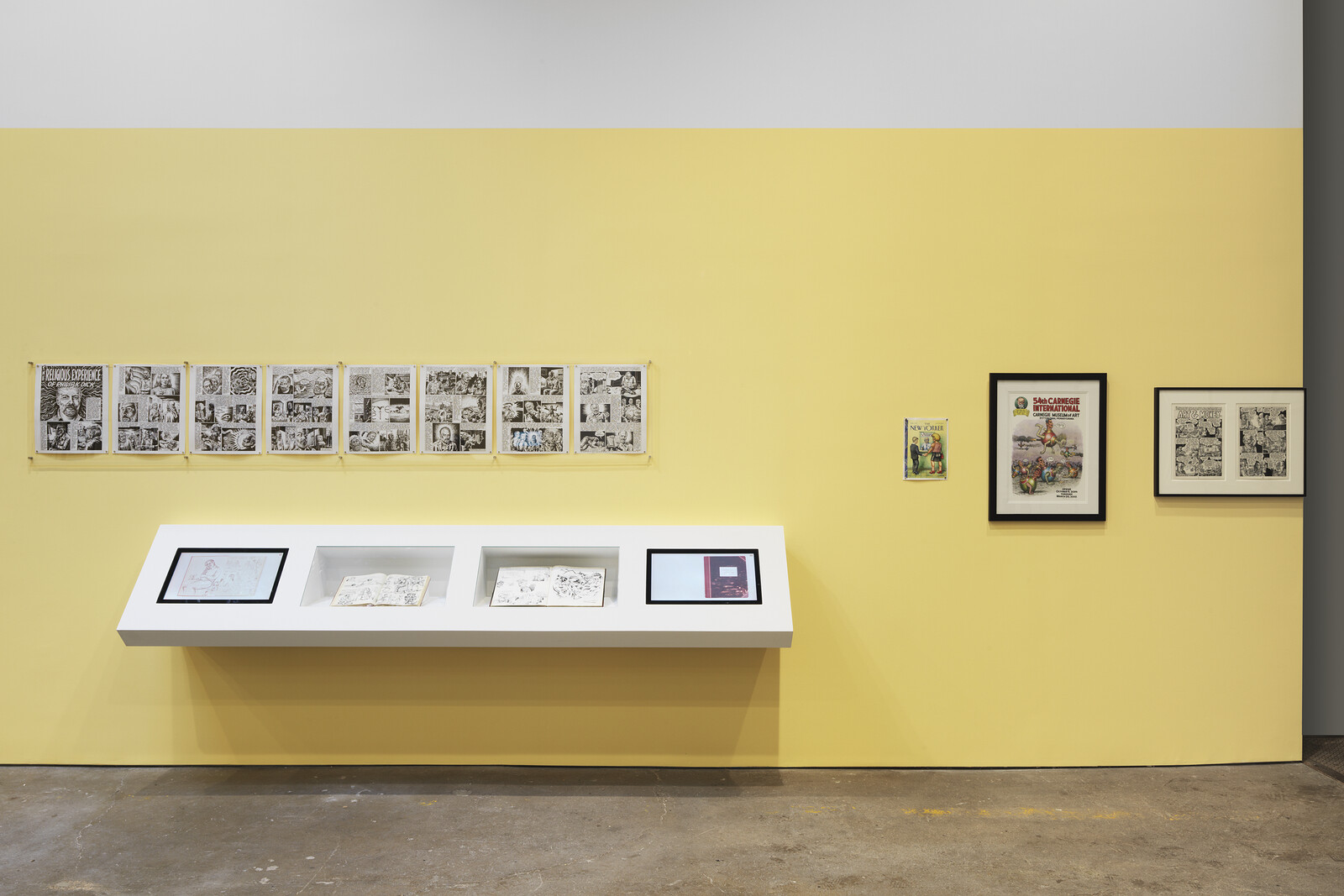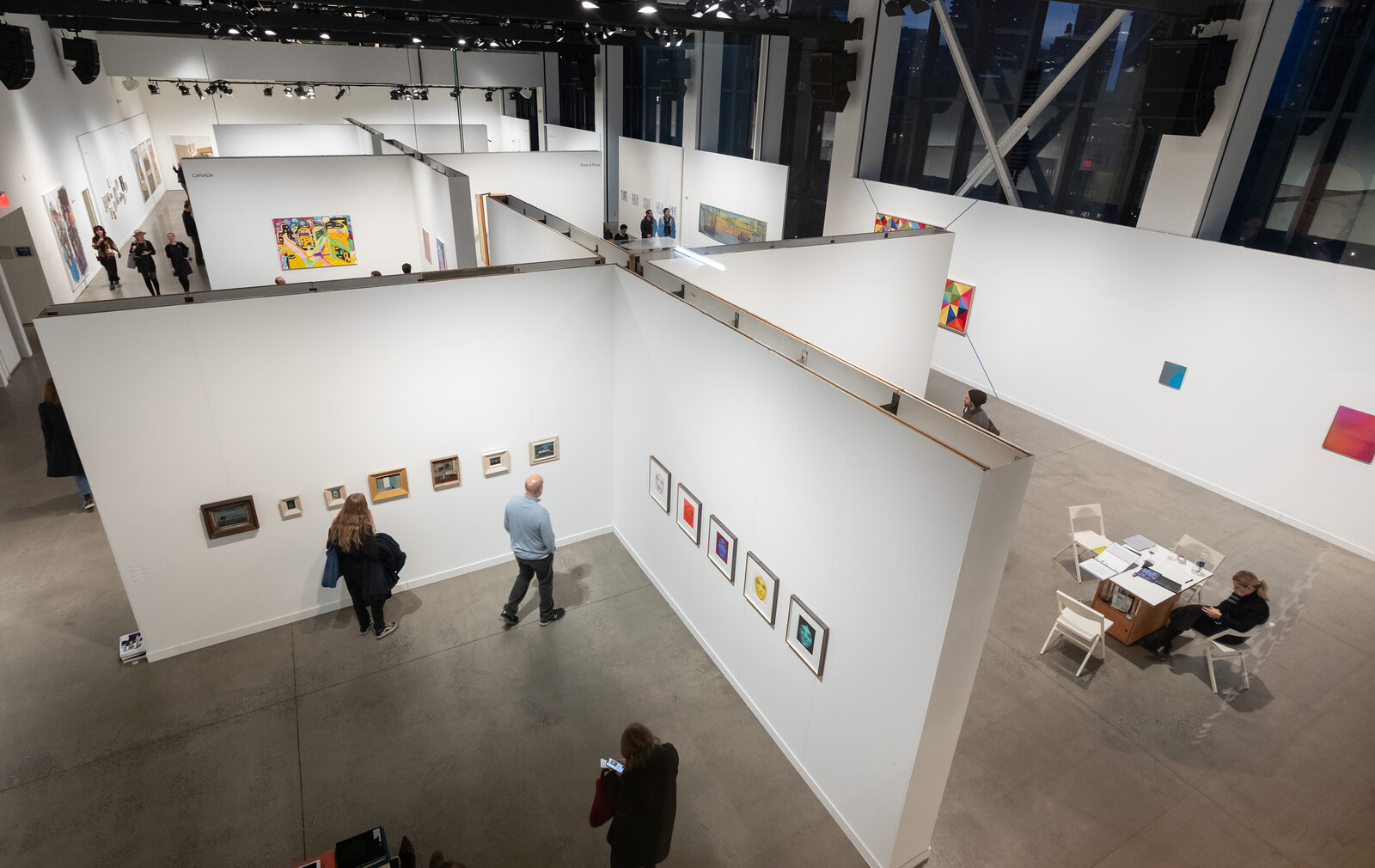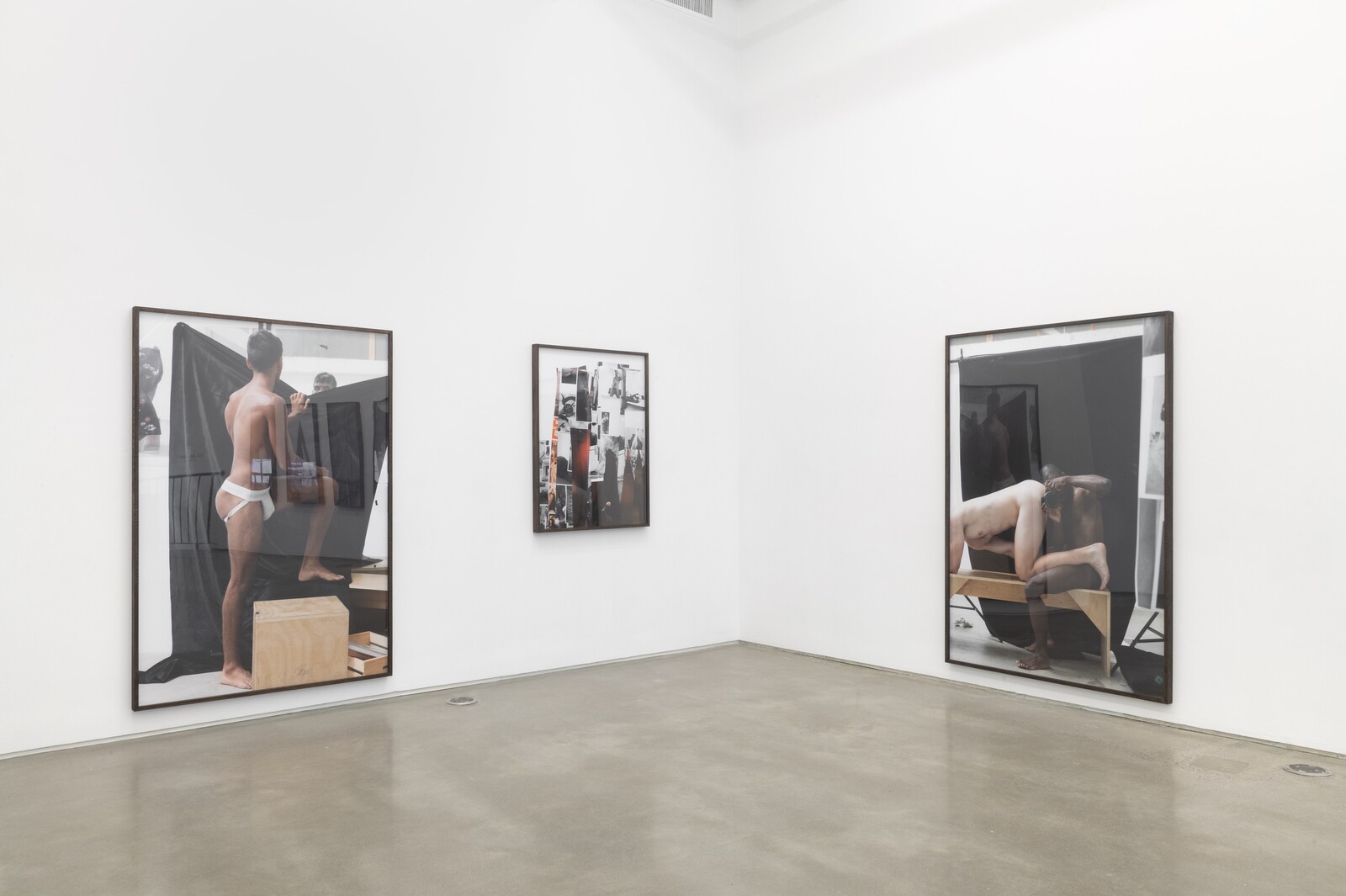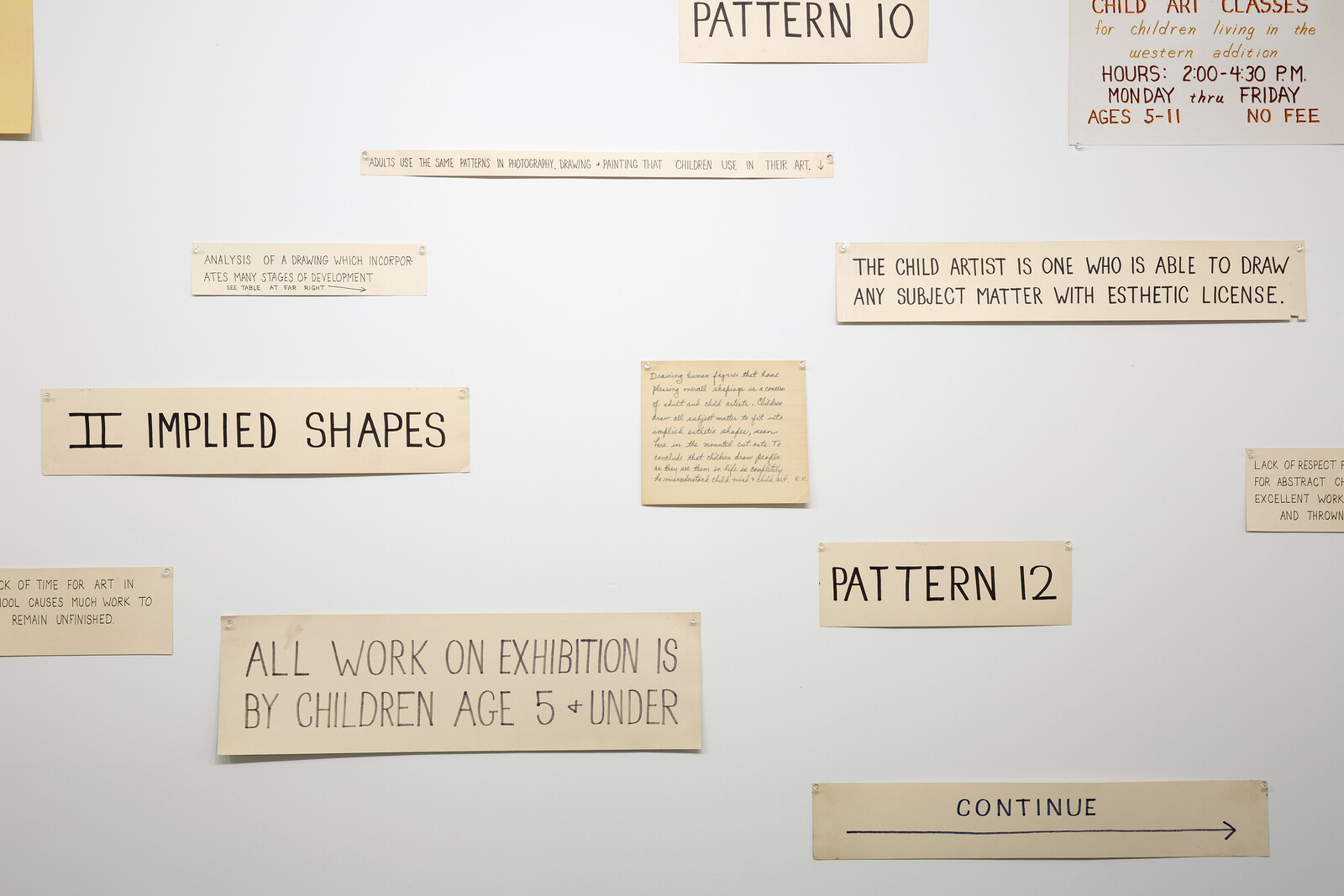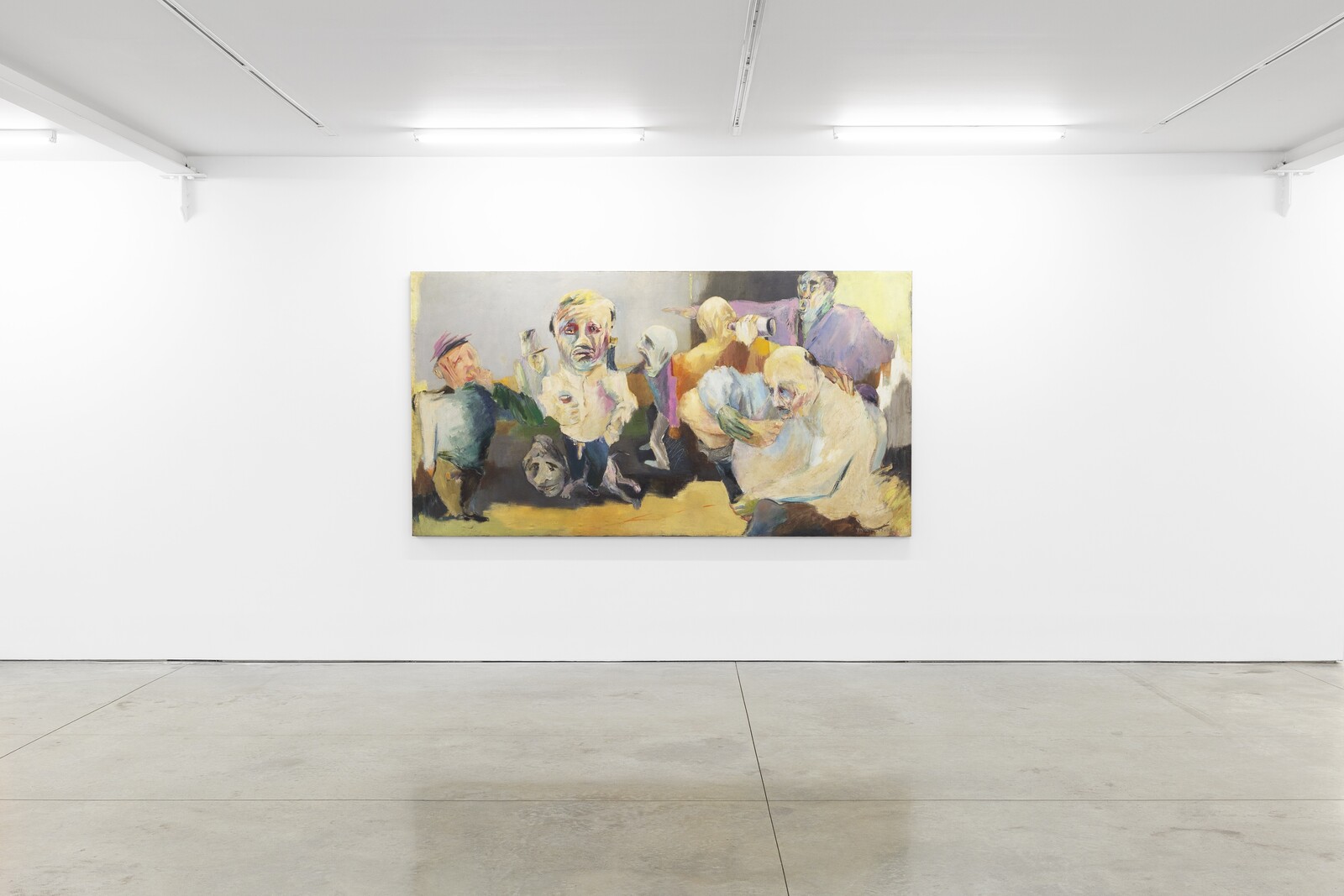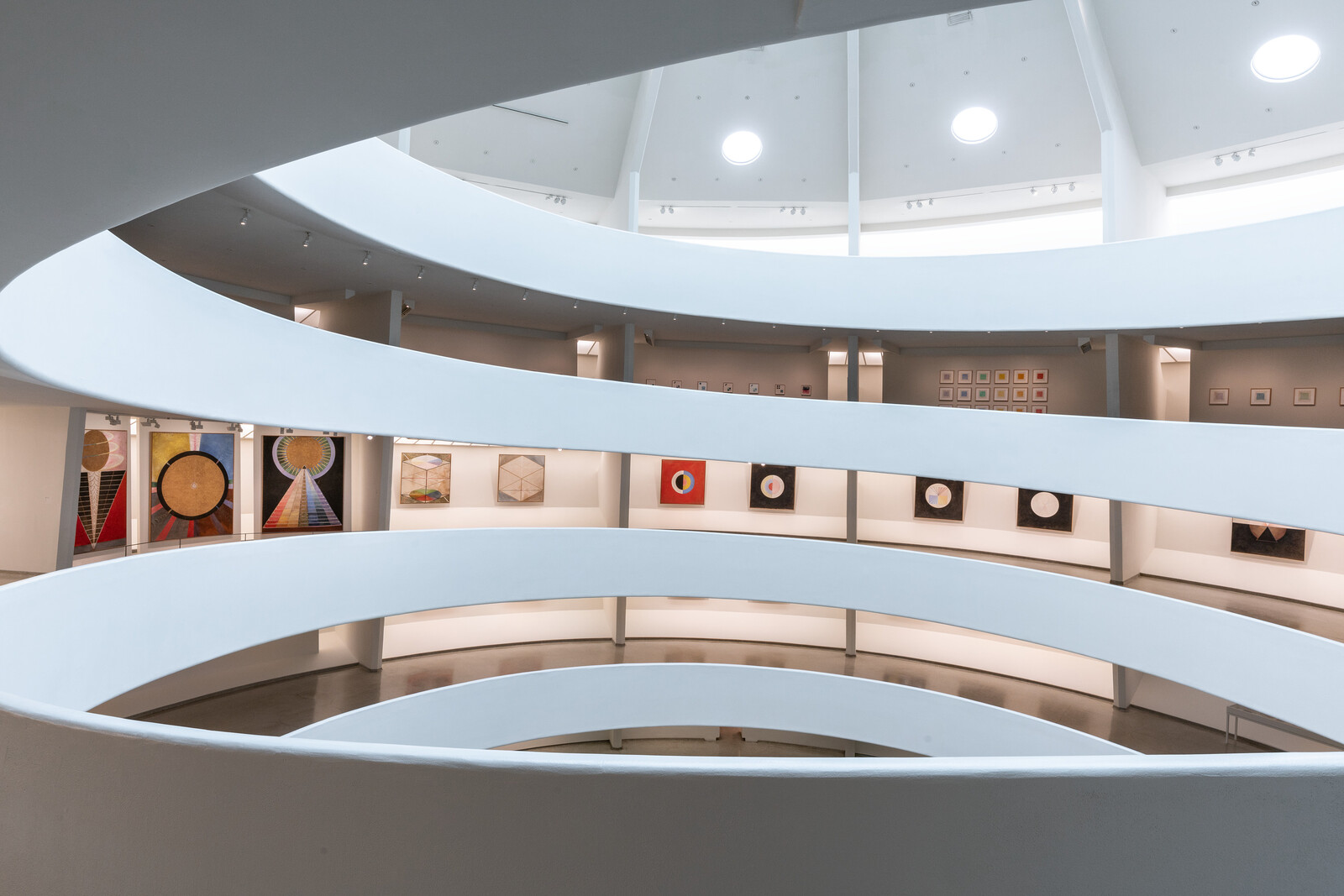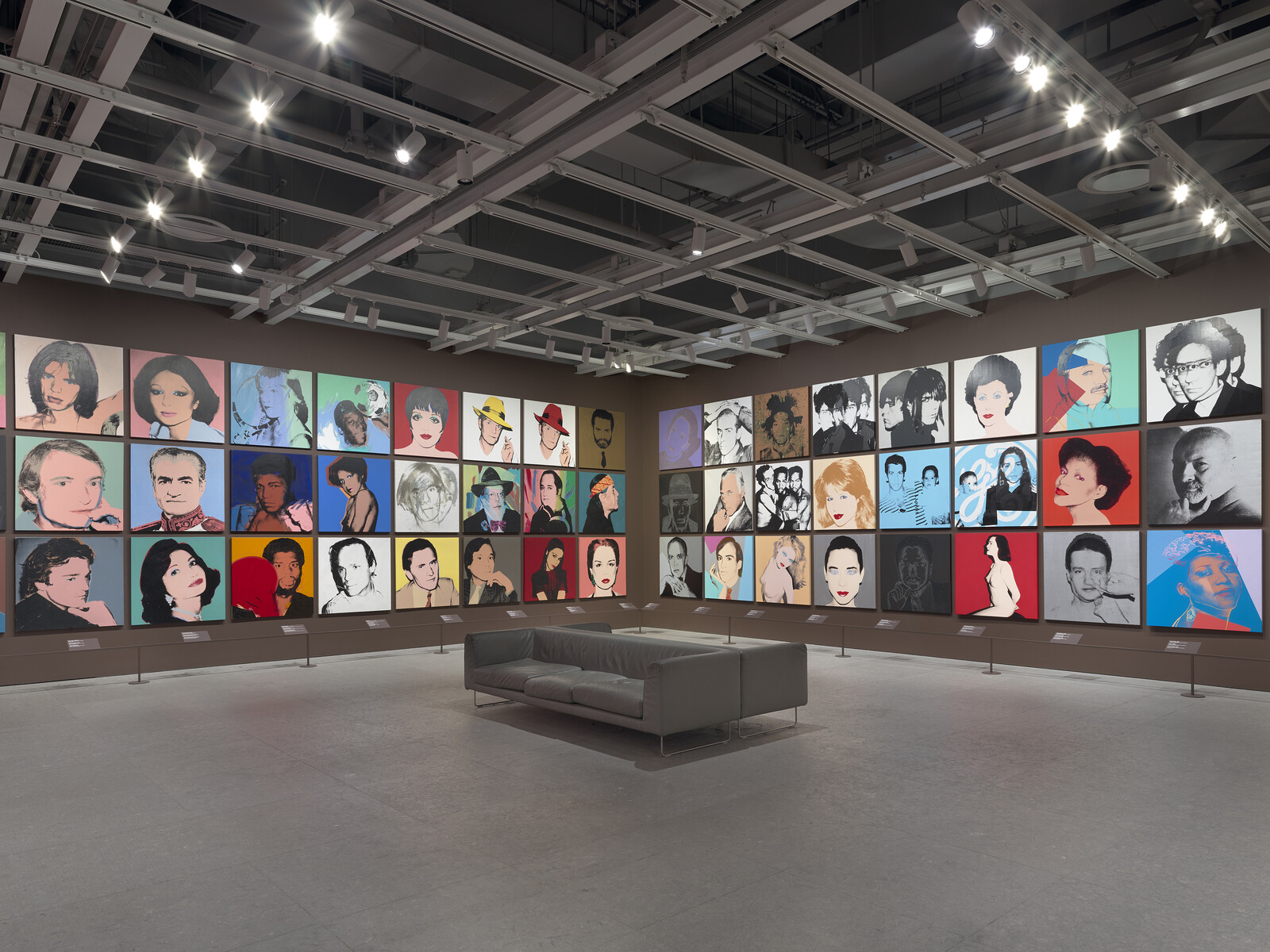Twenty-five years ago, a group of young dealers, including Pat Hearn, Colin de Land, and Matthew, Marks started the first contemporary art fair in New York at the Gramercy Park Hotel. Titled the Gramercy International Art Fair, it spanned floors 12, 14, and 15 (there is no 13, of course) of the hotel, with each gallery taking over a room or suite. In the first iteration in 1994, Tracey Emin slept in the bed in the room where her work was displayed (by Jay Jopling/White Cube). In 1997, Holly Solomon installed two TV screens as part of a work by Nam June Paik in her room’s bathtub. After outgrowing the hotel, in 1999, the fair moved to the original site of the infamous 1913 Armory Show and changed its name. Now it fills two West Side piers and includes a modern/twentieth-century art portion alongside the contemporary. There are more fairs that share the week with the Armory—the Independent, which celebrated its 10th anniversary, Volta (more on that later), and Spring Break, among others.
Amid talks and other initiatives marking the quarter-century celebrations, at the fair there was a room several booths wide that included documentation and restaging of works from the Gramercy years, like Mark Dion’s Lemonade Stand (1996), presented by Galerie Christian Nagel (now Galerie Nagel Draxler, Cologne and Berlin), an old-fashioned lemonade stand from which the artist sold lemonade (two dollars) and seashells (one dollar). The stand was the original, fished out of deep storage; as in 1996, it was up and running (although it was not Dion selling seashells and juice when I stopped by). The anniversary exhibition was a relatively small presentation jostling for attention amid the sea of booths filled with day-glo colored paintings, flashing video works, and site-specific projects like Plastic Bags (2019), the massive installations of colorful plastic bags by Pascale Marthine Tayou.
Watching people dirty their designer clothing as they lay on the floor gazing up at a floating ball of trash in the middle of the fair—in addition to feeling some morbid satisfaction—Tayou’s installation reminded me of Jean Baudrillard saying that America created Disneyland to simulate a clear distinction between fantasy and reality to hide the fact that the country didn’t have one. Plastic Bags functioned similarly, to simulate a distinction between waste and culture in a venue where there clearly wasn’t one. A better “commentary on consumerism and globalism” would have been a simple map of the fair’s carbon footprint—far too scary (and far less Instagrammable).
The most (tragic) excitement this year happened a week before the fairs were scheduled to open, with Volta’s last-minute eviction from Pier 90. The Armory took over the space when their exhibitors were forced out of Pier 92 due to structural issues. Volta and the Armory are owned by the same company, hence the last-minute eviction. Volta became “Plan B,” hosted at David Zwirner and Paula Cooper in parts of their respective Chelsea locations. At Zwirner, a festival of mediocre painting was sandwiched between two excellent exhibitions. The first, “The Young and Evil,” included erotic paintings and drawings by Paul Cadmus and Pavel Tchelitchew (among others) and drawings and photos of acts that could still be banned in some of the 50 states, loaned from the Kinsey Institute at Indiana University (Mike Pence’s alma mater); the other, by R. Crumb, included a portrait of a strong, snarling Stormy Daniels depicted as a bust against a black background. Walking from “The Young and Evil” through Plan B, I overheard a young dealer standing in front of a particularly distasteful, large abstract canvas and explain to a potential buyer, “the work is about painting and how the artist navigates through life.” I shuddered, then finished the visit with Crumb’s cartoon of a conversation between himself and curator Robert Storr entitled Art and Money (2018). In one panel, the crazy-eyed cartoonist says to the hunched-over curator seated across the table, “Steve Cohen, does he know a good painting from a bad painting?” Storr responds, “No…he doesn’t know.” Two panels later, Storr adds, “It doesn’t mean the art is bad. It just means their reason for buying it is fucked up.” Another hyperreal “commentary on consumerism and globalism.”
The Independent, in contrast to the Armory, is a much more concentrated selection of contemporary galleries that today bares more resemblance to the original scale and ambition of the Gramercy International. Unlike the Armory, the architecture of the Independent’s downtown venue, Spring Studios, is filled with natural light; it is meant to look like a converted warehouse to blend in with other post-industrial buildings in the neighborhood. And although the booths are rarely inventive, Independent does provide a more concise overview of contemporary galleries of varying scales from around the world and skips the disingenuous political commentary. This year, I discovered eccentric, small-scale paintings by Esther Pearl Watson presented by London’s Maureen Paley. Paintings and a sculpture (Aquarius, 2019) composed of a mannequin bust with JBL speakers blaring dance music by Cajsa von Zeipel also drew my attention.
Concurrent with fair week, on Friday Paul Mpagi Sepuya opened “The Conditions,” an exhibition of psycho-sexual photography playing on studio portraiture at Team gallery. On Saturday, Rachel Uffner hosted a screening of an episode from CBC’s documentary series “In the Making” (2018) profiling artist Curtis Talwst Santiago, a student of painter Lawrence Paul Yuxweluptun, followed by a conversation with Santiago. Saturday was also the final day of the excellent exhibitions by David Byrd and Rhoda Kellogg at White Columns. Byrd’s centered on paintings, or very good pictures produced from very bad jobs, as he put it, and Kellogg’s exhibition, curated by artist Brian Belott, included examples of works by children collected by the renowned psychologist, educator, and scholar of children’s art, alongside some of her books, furniture she designed, and other archival material. At Ryan Lee, Vivian Browne’s exhibition “Little Men” features a series of expressive, figurative paintings that are being accurately compared to George Grosz. At the Guggenheim, Hilma af Klint’s large, colorful canvases of shapes and symbols in “Paintings for the Future” are installed in a spiral temple, as she intended.
Perhaps the most apropos pairing for fair week was “Andy Warhol—From A to B and Back Again,” in its final weeks at the Whitney Museum of Contemporary Art. Warhol presaged the relationship between art and corporations long before international fairs expanded to include talks for ticket holders, site-specific projects, VIP lounges, restaurants, and inexplicable display cases of Italian jewelry. I imagine he would have loved to see the Gen Zers in head-to-toe corporate costumes hocking free KIND® oat bars and disposable plastic water bottles on Pier 90. But looking back 25 years, the main fair today resembles less its humble beginnings and more the fate of its host city: bigger, more professionalized, corporatized, and expensive.
